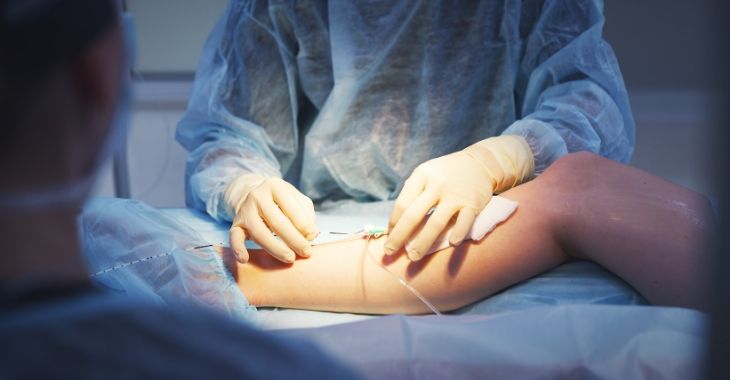Cryoplasty Procedure
When plaque builds up in the arteries, it can become detrimental to the patient’s cardiovascular health. Blockages can form, that can reduce circulation and put the patient at risk for serious heart issues. Cryoplasty is a non-surgical procedure that can open arteries that have a high buildup of plaque, improving blood flow. This can reduce pain and cramping caused by poor circulation and help improve overall cardiovascular health.
Balloon Angioplasty Procedure
Cryoplasty is a type of balloon angioplasty that is often used for plaque buildup in arteries, such as arteriosclerosis. It combines cryotherapy (cold energy) with balloon angioplasty for excellent results and fewer complications.
To perform the procedure, a catheter is insert into a major blood vessel, usually at the groin. The catheter has a balloon attached to the tip and is fed into the blood vessel, using a fluoroscope as guidance to the artery that contains the blockage or high accumulation of plaque. Nitrous oxide is used to fill the balloon, pushing the artery open and moving the plaque to the outside artery wall. The nitrous oxide also has a cooling effect which helps breakup the plaque and can destroy some cells within the artery. This is important as it reduces the amount of scar tissue in the artery that can lead to other issues like restenosis. Once the process is complete, the catheter and balloon are removed.
Cryoplasty has been used for many years to help open blocked arteries and improve blood flow. It is best performed by an experienced vascular surgeon that has the correct training and equipment to effectively complete the procedure. For many with arteriosclerosis and other vascular issues, it can offer pain relief and help protect their cardiovascular health.
Posted on behalf of:
Alan Benvenisty, MD
1090 Amsterdam Avenue
New York, NY 10025
212-523-4706
The information provided on this website, including text, graphics, images, and other materials, is intended solely for informational purposes and should not be used as a substitute for professional medical advice, diagnosis, or treatment.

)